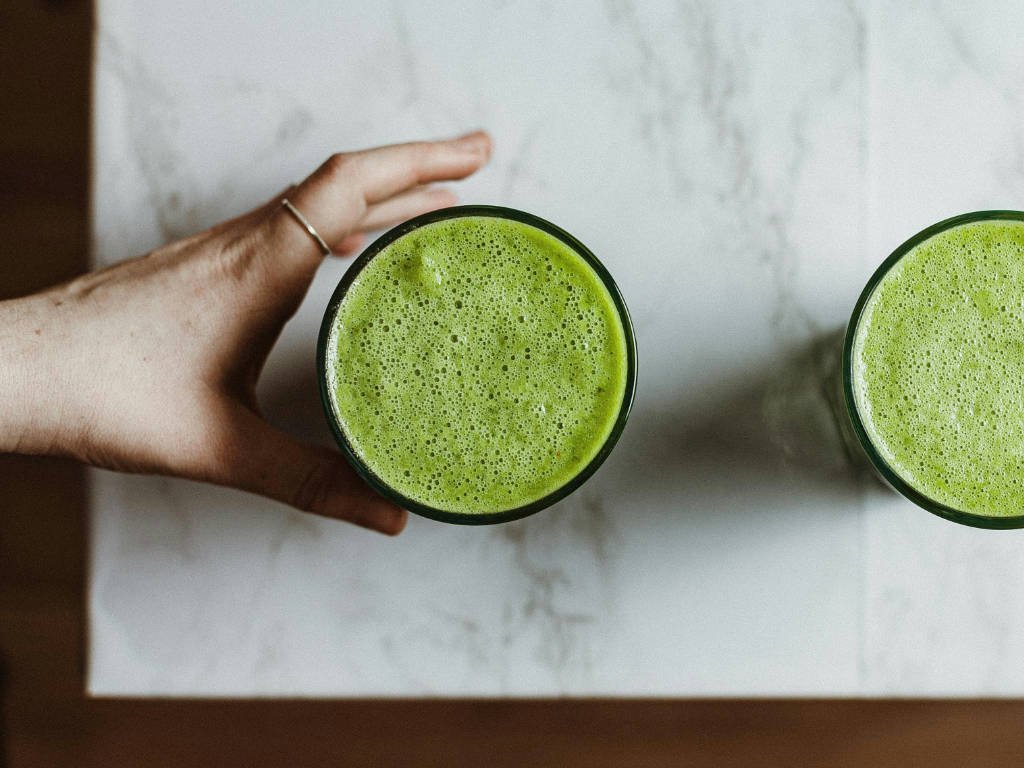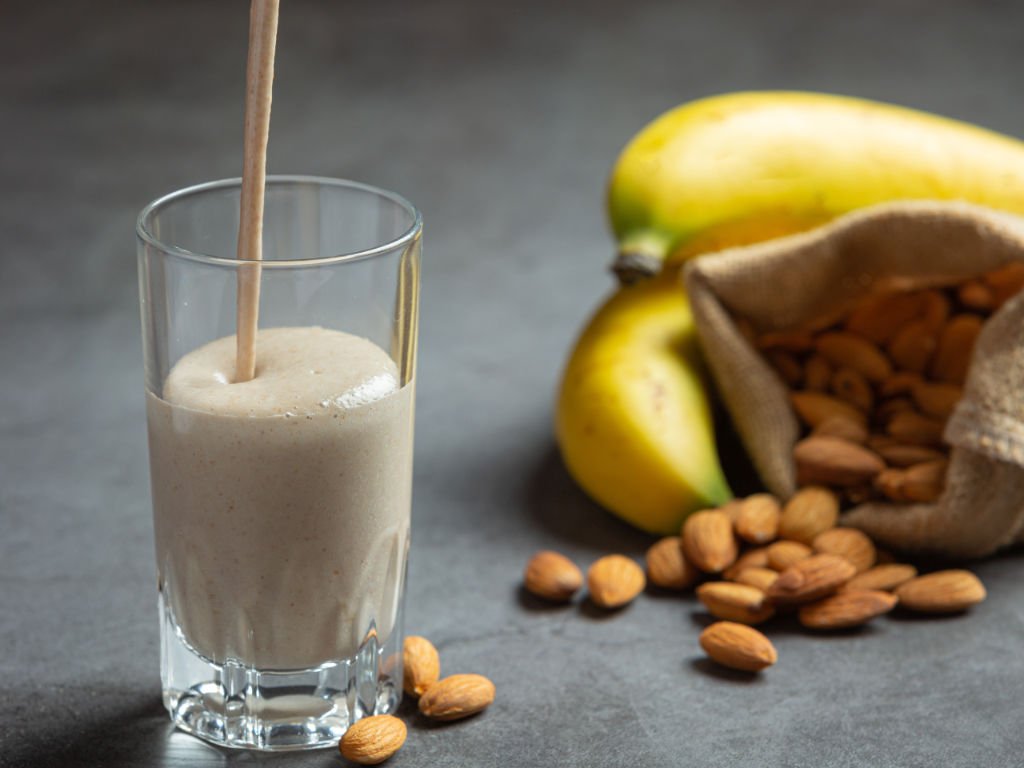Have you ever stood in front of your fridge at 6 AM, wondering what on earth you’re supposed to eat that’s both healthy and won’t make you late for work? You’re definitely not alone. Meal replacement shakes have become the go-to solution for millions of busy people seeking convenient nutrition without sacrificing their health goals.
These nutrient-packed beverages aren’t just another diet fad—they’re a legitimate tool for weight management, fitness nutrition, and overall wellness. But here’s the thing: not all shakes are created equal, and knowing how to use them effectively can make or break your success.
What Exactly Are Meal Replacement Shakes?
Meal replacement shakes are nutrient-dense beverages designed to replace traditional meals, offering a balanced mix of proteins, carbohydrates, fats, vitamins, and minerals in a convenient liquid form. Unlike your average protein smoothie, these shakes are specifically formulated to provide complete nutrition while keeping calories controlled.
Think of them as your nutritional safety net. When life gets crazy and you’d otherwise grab a donut or skip breakfast entirely, these shakes ensure you’re still fueling your body properly. They’re particularly popular among people following structured weight management programs because they eliminate guesswork around portion control and nutritional balance.
The beauty lies in their simplicity. Whether you’re dealing with a hectic morning schedule, traveling for work, or just want to streamline your nutrition routine, weight management drinks like these can fit seamlessly into almost any lifestyle.
The Science Behind Nutritional Meal Substitutes
Research consistently shows that people who use meal replacement shakes as part of a structured eating plan tend to lose more weight and keep it off longer than those following traditional calorie-restricted diets alone. A comprehensive study found that participants using high-protein meal replacements experienced greater weight loss while maintaining muscle mass.
But it’s not just about weight loss. These nutritional meal substitutes help regulate hunger hormones, particularly ghrelin and leptin, which control appetite and satiety. When you consume a well-formulated shake, you’re likely to feel satisfied for hours, reducing the urge to snack on less nutritious options.
Understanding Weight Management Drinks: More Than Just Calories
The effectiveness of calorie control shakes goes beyond simply reducing your daily caloric intake. They work because they address several key challenges people face when trying to maintain a healthy diet:
Consistency: Every shake provides the same nutritional profile, eliminating the variability that comes with cooking different meals.
Portion Control: No measuring, weighing, or second-guessing—you know exactly what you’re consuming.
Nutrient Density: Quality shakes pack essential vitamins and minerals into every serving, often surpassing what you’d get from a typical meal.
Time Efficiency: Preparation takes minutes, not hours of meal planning and cooking.
The key is understanding that these aren’t meant to replace all your meals forever. Most nutrition experts recommend substituting one or two meals daily while maintaining one balanced whole-food meal. This approach helps you develop sustainable eating habits while still enjoying the convenience and results that meal replacement shakes provide.

What Makes a Quality Meal Replacement Shake?
Not all healthy beverage options are created equal. Here’s what separates the winners from the wannabes:
Protein Power
Look for shakes containing 15-30 grams of high-quality protein. Whey protein is excellent for muscle preservation and satiety, while plant-based options like pea or hemp protein work well for vegans and those with dairy sensitivities. The protein should be the star of the show—it’s what keeps you full and helps maintain lean muscle mass during weight loss.
Healthy Fats and Fiber
Quality shakes include sources of healthy fats (like MCT oil or flaxseed) and adequate fiber (at least 3-5 grams per serving). These components slow digestion, enhance satiety, and support overall digestive health. Without them, you’ll likely feel hungry again within an hour or two.
Vitamin and Mineral Fortification
Your shake should provide at least 20% of the daily value for key nutrients like calcium, vitamin D, potassium, iron, and B vitamins. This ensures you’re not missing out on essential micronutrients when replacing whole food meals.
Minimal Added Sugars
Avoid shakes with more than 10 grams of added sugar. Natural fruit sugars are fine, but excessive artificial sweeteners can trigger cravings and affect blood sugar stability. Reading labels becomes crucial here—marketing claims don’t always tell the whole story.
For those interested in exploring comprehensive nutrition strategies, our ultimate guide to balanced nutrition offers valuable insights into creating sustainable eating patterns.
Popular Protein Shake Recipes for Every Lifestyle
Creating your own fitness nutrition drinks at home allows for complete customization while often being more cost-effective than store-bought options. Here are some tried-and-tested recipes that deliver both nutrition and flavor:
Classic High-Protein Morning Shake
- 1 scoop vanilla whey protein powder
- 1 frozen banana
- 1 cup unsweetened almond milk
- 1 tablespoon natural peanut butter
- 1/2 teaspoon vanilla extract
- Ice cubes as needed
This combination provides approximately 25 grams of protein, healthy fats from the peanut butter, and natural sweetness from the banana. It’s perfect for post-workout recovery or busy mornings.
Vegan Green Powerhouse
- 1 scoop plant-based protein powder (vanilla or unflavored)
- 1 cup coconut milk
- 1/2 avocado
- 1 cup fresh spinach
- 1 tablespoon chia seeds
- 1/2 frozen mango chunks
- 1 teaspoon honey (optional)
Don’t let the green color fool you—this shake tastes tropical while delivering complete amino acids, healthy fats, and fiber. The avocado creates an incredibly creamy texture without any dairy.
Chocolate Berry Antioxidant Blast
- 1 scoop chocolate protein powder
- 1 cup unsweetened oat milk
- 1/2 cup mixed berries (blueberries, strawberries, raspberries)
- 1 tablespoon ground flaxseed
- 1 teaspoon cocoa powder
- Stevia to taste
This recipe combines the antioxidant power of berries with muscle-building protein and omega-3 fatty acids from flaxseed. It’s like having dessert for breakfast, but actually nutritious.
For those focusing on weight loss strategies, these recipes can be adjusted to meet specific caloric and macronutrient goals.
How Do Meal Replacement Shakes Support Weight Loss?

The weight loss benefits of calorie control shakes stem from several mechanisms working together. First, they create a controlled caloric deficit—you know exactly how many calories you’re consuming, making it easier to stay within your target range.
Studies published in obesity research journals show that people using meal replacement shakes lose 2-3 times more weight than those following conventional low-calorie diets. The research indicates this success comes from improved adherence to caloric goals and better nutritional quality.
The Satiety Factor
High-protein shakes trigger the release of hormones like GLP-1 and PYY, which signal fullness to your brain. This isn’t just temporary satisfaction—these hormones can suppress appetite for 3-4 hours after consumption. Compare that to a typical breakfast pastry, which might leave you hungry again within an hour.
Metabolic Advantages
Quality nutritional meal substitutes can actually boost your metabolism slightly due to the thermic effect of protein. Your body burns more calories digesting and processing protein compared to carbohydrates or fats. Over time, this small advantage adds up.
Blood Sugar Stability
Well-formulated shakes help prevent the blood sugar spikes and crashes that lead to cravings and overeating. By providing steady energy release, they help you avoid the afternoon energy slumps that often trigger poor food choices.
Exploring Healthy Beverage Options Beyond Traditional Shakes
While meal replacement shakes are incredibly effective, they’re part of a broader category of healthy beverage options that can support your wellness goals:
Green Juices and Vegetable Blends
Cold-pressed vegetable juices provide concentrated micronutrients but lack the protein and fiber of complete meal replacements. They work well as snacks or pre-workout drinks but shouldn’t replace full meals.
Protein Waters
These lighter options contain 15-20 grams of protein with minimal calories and carbs. They’re perfect for post-workout recovery when you don’t want something heavy, but they won’t provide the satiety needed for meal replacement.
Fortified Non-Dairy Alternatives
Many plant-based milk alternatives now contain added protein, vitamins, and minerals. While not complete meal replacements, they can enhance other foods or serve as a base for homemade shakes.
Functional Beverages
Drinks enhanced with prebiotics, probiotics, collagen, or adaptogens offer targeted health benefits. Our guide on probiotic foods for gut health explores how these additions can support overall wellness.
Are Meal Replacement Shakes Right for Athletes and Active Individuals?
Fitness nutrition drinks serve different purposes depending on your activity level and goals. For endurance athletes, pre-workout shakes might focus on easily digestible carbohydrates for quick energy. Post-workout formulations emphasize protein for muscle recovery and glycogen replenishment.
Strength training enthusiasts often benefit from higher protein content (25-40 grams per serving) to support muscle protein synthesis. The timing matters too—consuming protein within 30 minutes post-workout maximizes the muscle-building response.
Active individuals following intensive training programs like those outlined in our strength training guide may use shakes strategically throughout the day to meet elevated protein requirements without excessive food volume.
Recovery and Adaptation
Research shows that consuming a combination of protein and carbohydrates post-exercise enhances recovery and adaptation to training. Shakes make this convenient, especially when whole food meals aren’t practical immediately after workouts.
Common Mistakes to Avoid with Meal Replacement Shakes
Even with the best intentions, people often make mistakes that limit their success with weight management drinks:
Over-Relying on Shakes

Replacing more than two meals daily long-term can lead to food boredom and potential nutrient gaps. Whole foods provide phytonutrients, fiber varieties, and eating satisfaction that shakes can’t fully replicate.
Ignoring Total Caloric Intake
Some people assume shakes are automatically low-calorie and add them to their existing diet rather than using them as meal replacements. This approach can actually lead to weight gain.
Choosing Low-Quality Products
Not all commercial shakes are created equal. Many contain excessive sugars, artificial fillers, and inadequate protein. Always read ingredient lists carefully and choose products with minimal processing.
Inadequate Hydration
Liquid meals don’t provide the same satiety cues as solid foods. Many people forget to drink adequate water throughout the day, which can affect energy levels and hunger signals.
For those dealing with stress management, proper nutrition becomes even more critical, making quality meal replacement choices essential.
Making Meal Replacements Work Long-Term
Sustainability is key to any nutrition strategy. Calorie control shakes work best when integrated thoughtfully into a varied, enjoyable eating pattern. Here’s how to make them stick:
Rotation and Variety
Don’t drink the same shake every day for months. Rotate between different flavors, recipes, and even different meal timings to prevent boredom.
Gradual Implementation
Start by replacing one meal daily for several weeks before considering two meal replacements. This allows your body and mind to adjust to the change.
Mindful Consumption
Even though shakes are quick and convenient, try to drink them mindfully rather than while multitasking. This helps with satiety and satisfaction.
Regular Assessment
Monitor your energy levels, hunger patterns, and overall well-being. Adjust the timing, frequency, or formulation based on how your body responds.
Frequently Asked Questions About Meal Replacement Shakes
Can you lose weight with meal replacement shakes?
Yes, research consistently shows that people using meal replacement shakes as part of a structured eating plan lose more weight than those following conventional diets alone. The key is using them to create a caloric deficit while maintaining proper nutrition. Studies indicate users can lose 2-3 times more weight compared to traditional calorie restriction methods.
How many meals should I replace with shakes daily?
Most nutrition experts recommend replacing 1-2 meals daily while maintaining at least one whole food meal. This approach provides convenience and calorie control while ensuring you don’t miss out on the psychological and social aspects of eating solid foods.
Are homemade shakes better than store-bought options?
Both have advantages. Homemade shakes offer complete ingredient control and customization but require more preparation time and nutritional knowledge to ensure balance. Quality commercial shakes provide convenience and consistent nutrition but may contain preservatives or artificial ingredients some people prefer to avoid.
What’s the difference between protein shakes and meal replacement shakes?
Protein shakes primarily focus on delivering protein (usually 20-50 grams per serving) with minimal calories from other sources. Meal replacement shakes provide a more complete nutritional profile including protein, carbohydrates, healthy fats, fiber, vitamins, and minerals designed to replace an entire meal.
Can diabetics use meal replacement shakes safely?
Many people with diabetes successfully use meal replacement shakes, but it’s essential to choose low-sugar formulations and monitor blood glucose responses. The high protein content and controlled carbohydrate levels in quality shakes can actually help with blood sugar management. However, always consult with a healthcare provider before making significant dietary changes.
When is the best time to drink meal replacement shakes?
Timing depends on your goals and lifestyle. For weight loss, many people find breakfast replacement most effective as it eliminates morning decision fatigue. Athletes might use them post-workout for recovery. The key is consistency—whatever timing you choose, stick with it for best results.
The Future of Nutritional Convenience
As our lives become increasingly busy and health consciousness grows, meal replacement shakes and other healthy beverage options will likely become even more sophisticated. We’re already seeing advances in plant-based proteins, personalized nutrition based on genetics, and functional ingredients targeting specific health outcomes.
The integration with fitness tracking technology allows for more precise matching of nutritional intake to individual needs and goals. Companies are developing shakes that adapt to your workout intensity, stress levels, and even sleep quality.
However, the fundamental principles remain unchanged: quality ingredients, balanced macronutrients, and appropriate use as part of a varied diet. The most successful approach combines the convenience of meal replacements with the pleasure and nutrition of whole foods.
Meal replacement shakes represent a practical solution to modern nutrition challenges, offering convenience without compromising health goals. Whether you’re seeking sustainable weight loss, improved fitness nutrition, or simply a reliable way to fuel busy days, these nutrient-dense beverages can play a valuable role in your wellness strategy.
The key lies in choosing quality products or recipes that align with your specific needs, using them strategically rather than as a complete food replacement, and maintaining the flexibility to adjust your approach as your life and goals evolve. Start with one meal replacement daily, monitor your body’s response, and gradually develop a pattern that supports both your immediate objectives and long-term health.
Remember, the best nutrition plan is one you can maintain consistently over time. If nutritional meal substitutes help you eat better more often, they’re worth incorporating into your routine. Just don’t forget to enjoy real food along the way—variety truly is the spice of life, even in nutrition.


